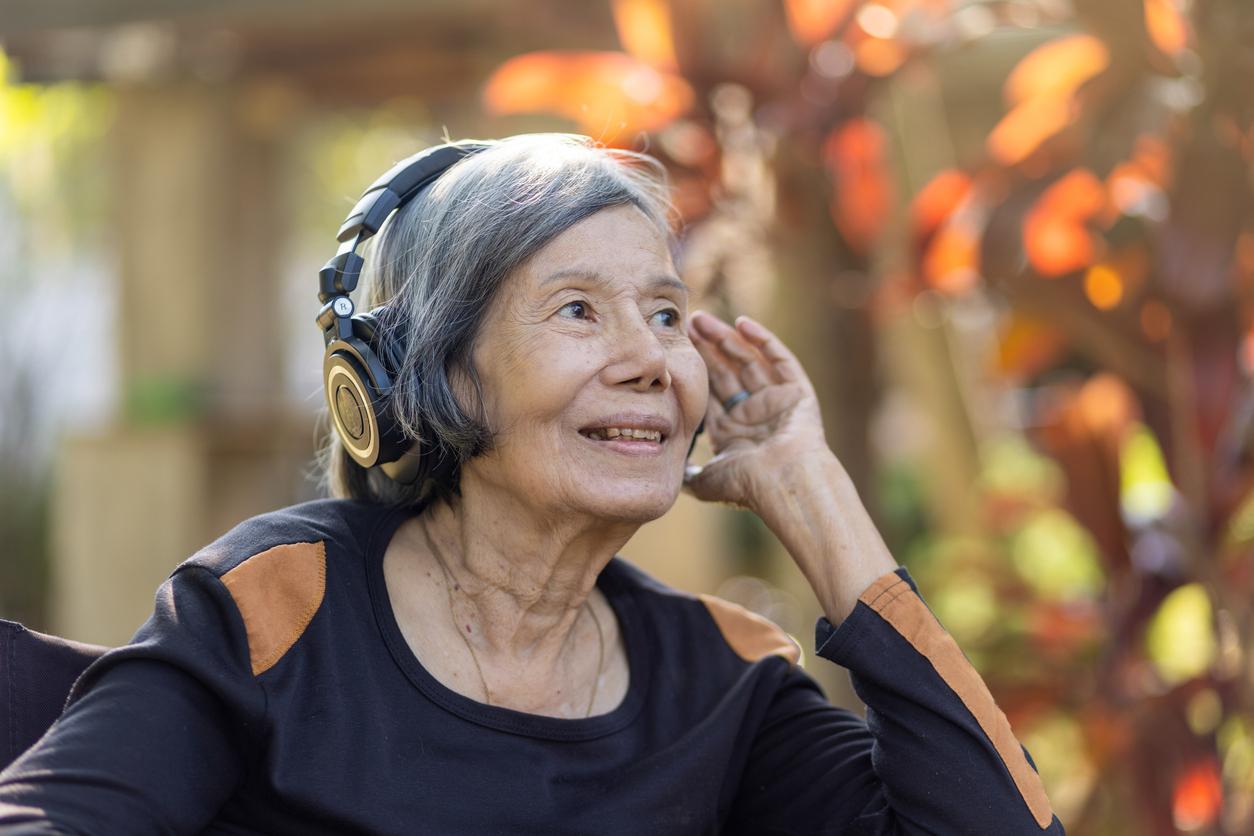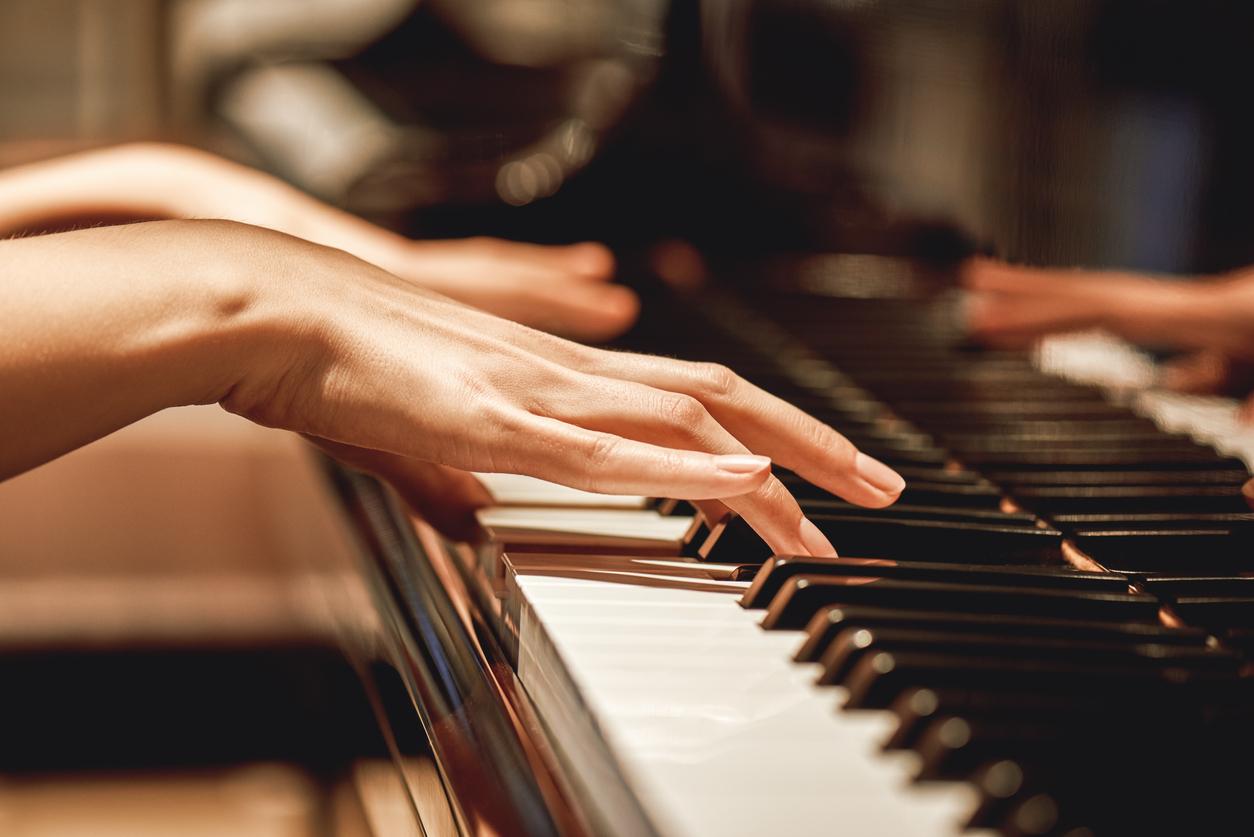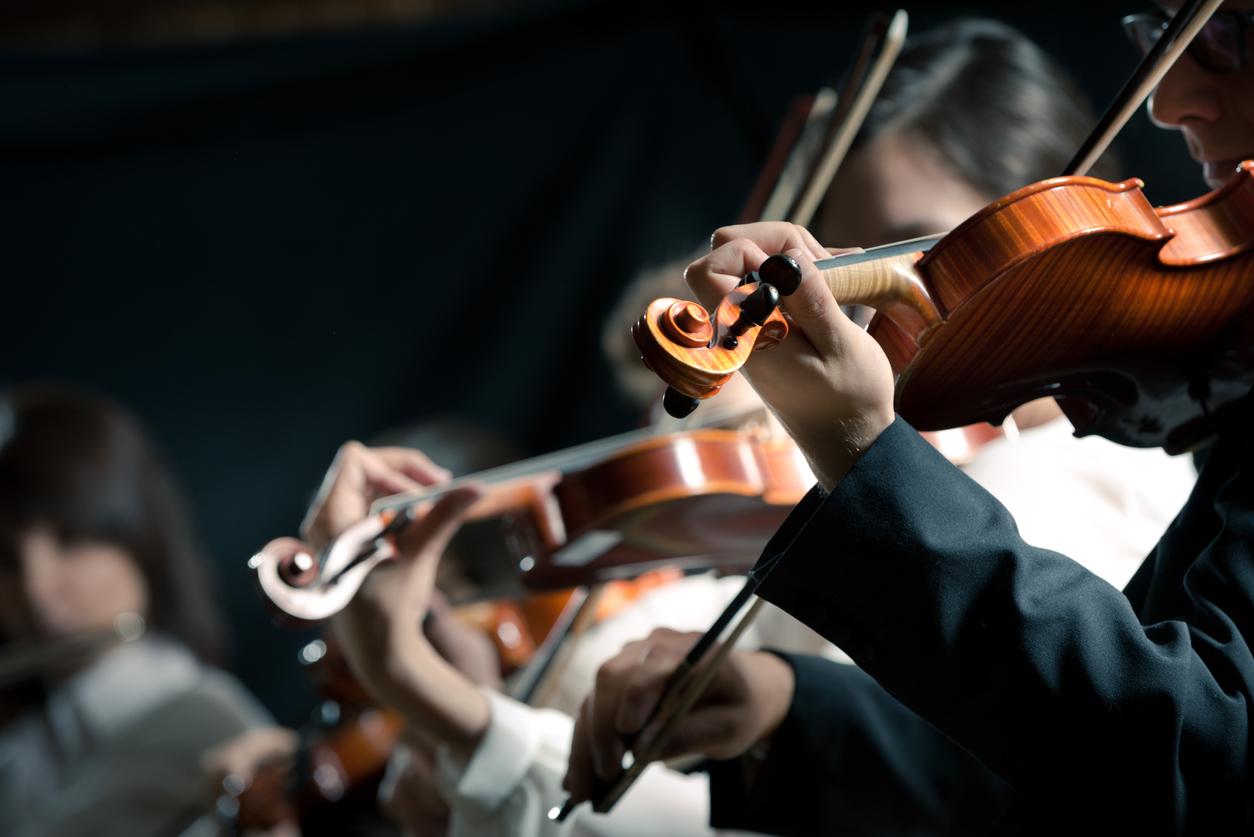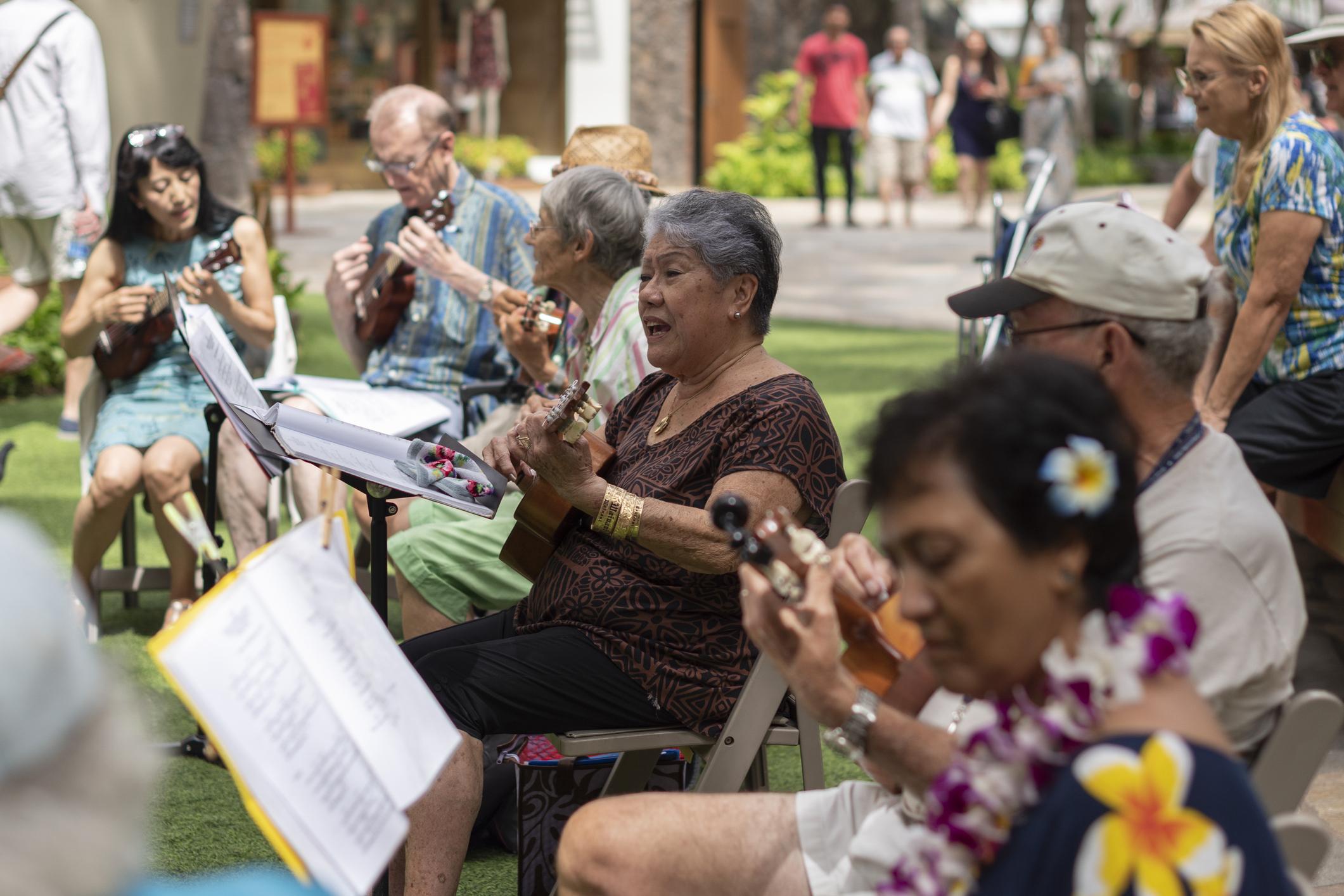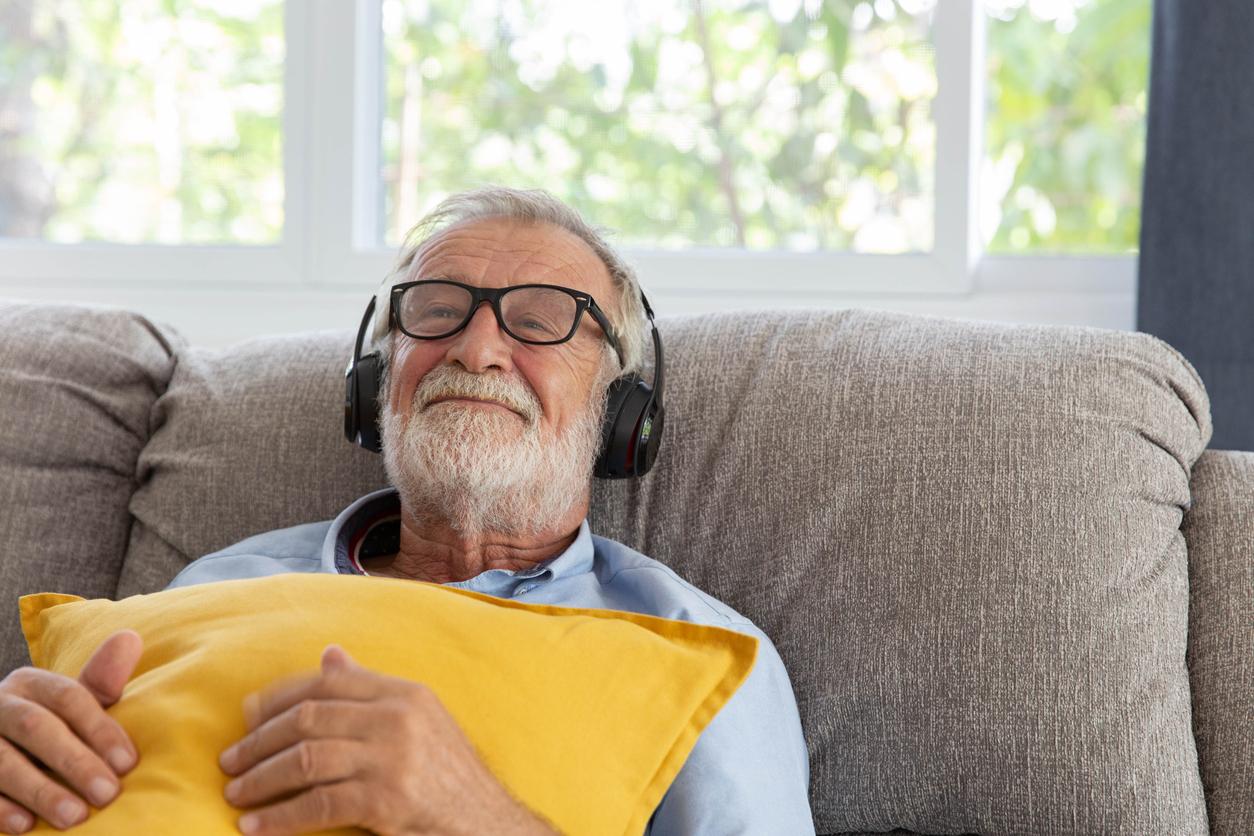
Hearing loss does not mean that you have to do without music. Thanks to new tools, music sounds better and better at home and in the concert hall.
As the years go by, everyone’s hearing deteriorates. The fact that at a certain point you can no longer follow a conversation on a birthday is already a loss. But for music lovers there is a big disadvantage: the loss of being able to listen to beautiful music well. And that is slightly different from understanding speech.
“The most common type of hearing loss is age-related hearing loss,” says Niek Versfeld, clinical physicist audiologist at the University Audiology Center of VUmc. “You can then hear the high tones less well. In addition, the hearing is less able to absorb details. This ensures that no matter how you amplify the sound, details are always lost. The hearing organ simply can no longer process all that detailed information.”
And then it also matters which music we are talking about. Some music is strongly rhythmic, with others it is mainly about timbre. “Singing is often more difficult to follow,” says Versfeld. “Complex music with many melody lines will also be more difficult to follow. Just like understanding a conversation partner during a party.”
Less sharp sound
What to do if you have hearing problems and want to listen to Beethoven’s Fifth Symphony at home (who was completely deaf around the age of 49)? Or to guitar solos by Eric Clapton or the pop music by Phil Collins (both hard of hearing)? Audiologist Niek Versfeld: “To start with, you can improve the sound yourself with the equalizer of the music system or of the television. If you have connected headphones to the mobile phone, you can do the same with special apps and adjust the settings of your hearing aid. It’s a matter of trying it out.”
Unfortunately, those who need a hearing aid cannot opt for a special music hearing aid, because that does not yet exist. Hearing aids are aimed at improving speech understanding. Versfeld: “If you wear a hearing aid because of age-related hearing loss, the sound is usually quite sharp because a lot has to be amplified in the high tones. Hearing aids process the sound in a variety of ways, with the aim of improving understanding of people who are talking. These edits almost always backfire when it comes to music experience. Most people with hearing loss find music to sound best when all hearing aid operations are turned off and the sound is not too ‘sharp’. In other words: extra bass reinforcement is preferable.”
There is also another possibility. “Music through hearing aids often sounds better when the source – for example the TV or mobile phone – is directly connected to the hearing aids. This can also be done wirelessly,” says Versfeld.
Cochlear implant
Music lovers with a cochlear implant (CI) have an additional challenge. A CI is an implantable hearing aid for people with a profound hearing loss, who still have great difficulty understanding others even with a hearing aid. The implant converts sound into electrical pulses that stimulate the auditory nerve in the cochlea (cochlea).
Versfeld: “CIs are pre-eminently intended for understanding speech, because they can transmit the different sounds of speech – vowels and consonants – well. CIs are also good at transmitting rhythm. But again they are bad at passing on pitch. As a result, music often sounds less beautiful through an implant. People with CI in one ear often find that music sounds better when they wear a hearing aid in the other ear. A hearing aid is better able to transmit the pitch and the low, warm tones. The implant and the hearing aid then complement each other.”
Yellow earplugs
If you go to a pop concert, earplugs can help prevent further hearing loss and improve the sound. But every earplug is not like the other, according to Versfeld. It is better not to opt for the well-known yellow foam plugs or other ‘caps’, he advises. “They often only provide damping in the midrange and high tones. If you suffer from hearing impairment, you will hear the high tones less well. With these kind of caps or plugs you add the wrong scoop on top and everything sounds even duller.” Versfeld recommends otoplastics with special music filters as hearing protection at concerts. “Otoplastics are custom-made earplugs that only fit into your ear canal one way and always provide the right attenuation. The music filters ensure that the sound is muted as evenly as possible over the entire frequency range, from high to low. The timbre changes minimally as a result.”
Transmitters at concert
Fortunately, there are also more and more technical possibilities in theaters and stages to be able to hear music better. The Concertgebouw in Amsterdam is at the forefront of developments and has even made it a priority to provide facilities for the hearing impaired. The Concertgebouw works with a professional stereo ‘in ear’ transmitter system with a radio receiver and headphones or ear hooks. Those brackets allow visitors to pair with their hearing aids in T (Phone Mode) mode. “It works very simply,” says Alfons Hutschemaekers, theater technology coordinator at the Concertgebouw. “We pick up the orchestra’s music with two microphones. We send that sound with a radio signal to the ‘ears’ of the concert visitor. The system is user-friendly and technically better than the infrared system we had before, because the signal could easily be interrupted. If someone sat behind a pillar in the hall, it caused interference. We did our very best, but the fact is that we have a relatively complicated room with many nooks and balconies.”
The radio transmitter system does not suffer from this. Hutschemaekers: “Users can also keep it a bit out of sight. You put the radio receiver, a box the size of a smartphone, in your pocket or bag and the bracket of the headphones can be placed in the neck.” Visitors can test the radio receiver before a concert. It is provided at the cloakroom with headphones and cloakroom staff can explain how it works. At the moment a few visitors each evening ask for the headphones; that is less than 0.5 percent of the approximately two thousand visitors to the Concertgebouw. But demand will increase, Hutschemaekers expects. “On the one hand, because we point people to this service. In addition, the aging population will mean that more hearing impaired people will need facilities to listen to music.”
Positive reactions
The experiences of the users are mainly positive, according to Alfons Hutschemaekers. “We get reactions like: ‘I haven’t been able to listen to music well for thirty years and I want to thank you for making it happen.’ It is not yet possible for all visitors to connect to the system. In particular, the connections with own hearing aids are a challenge. Every hearing aid has a different approach and instructions for use. But technically we are always one step further.”
Other stages also have a similar system that replaces the traditional ‘deaf loop’ and the slightly more modern infrared radiators. Examples are the Stadsschouwburg Utrecht, Theater Castellum in Alphen aan den Rijn and Toneelschuur Haarlem. More institutions are preparing. ▪
Knowing more
Which concert hall, theater or other public building has good facilities for the hearing impaired? View on: www.hoorwijzer.nl/gebouw/
This article originally appeared in Plus Magazine September 2018. Not yet a Plus Magazine subscriber? Becoming a subscriber is done in no time!
Sources):
- Plus Magazine












